Indulgent and Ornate: Embroidery in India
The art of adorning clothing with embroidery has been an Indian tradition for more than 5,000 years. Its history is deeply embedded into the history of Indian culture, religion and daily life, and it is a tradition that continues to this day. Throughout Indian history embroidery has been there, adorning the homes of ordinary people as much as great religious temples and royal palaces, and as such, embroidered fabric is one of India’s greatest textile exports. Styles of Indian Embroidery have been incredibly diverse over the centuries, but if there is any one defining feature, it is a love of elaborate detail, indulgent colour and intricate, nature-inspired designs.
Vedic literature suggests embroidery has been prevalent in India since prehistoric times. Samples of embroidery were found in the ruins of Mohenjo-daro that date back to 2000 BC, along with bronze needles. Later, Megasthenes, Greek ambassador to the court of Chandragupta left written records of muslin garments featuring shimmering passages of embroidery in golden thread. Although few examples of embroidery from this medieval period survive, we can see evidence of embroidered clothing in the artworks of the period, such as the Stupa of Sanchi and the frescoes of Ajanta, which reveal wearers adorned in embroidered scarves, veils, waistcoats and tunics. Ajanta designs are dominated by rich patterns and geometric designs featuring circles, stripes, chevrons and checks.
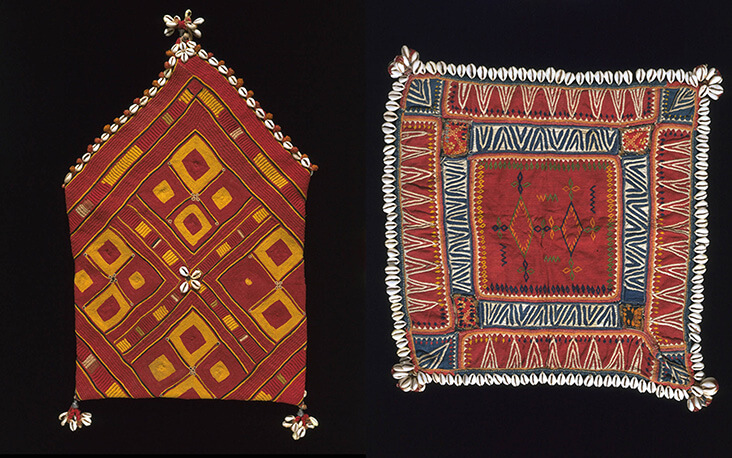
Banjara embroidered bag (left) and coverlet (right), 20th century, © Victoria and Albert Museum, London
Only a few samples of early Indian embroidery have survived intact before the 17th century. But from this period onwards, many fine examples have survived, and they have much to tell us about Indian history. Their survival is, perhaps, in part because Indian embroidered fabric became a much-desired export throughout the world’s trade routes, spreading their ideas far and wide. One of the most sought-after styles of embroidery during this time was the chain-stitched cloth of Gujarat, popular throughout the Mughal court in the 17th century, and later the world. Designs were stunningly intricate, featuring illustrative scenes painstakingly rendered by hand, usually in workshops filled with male embroiderers.
During this time, indigenous communities across India also developed their own stylistic trades, many of which are still in practice today. The Mochi community are known for making and repairing footwear, and embroidering details on leather shoes, horse trappings and clothing in a style known as Ari, a variation on chain stitching using a hooked needle called an awl. Similarly, the Banjara community have developed their own distinctively bright, colourful embroidery, arranged in geometric designs along with shells, pompoms and pieces of mirror.
Since the 19th century, a whole range of embroidery styles have emerged from India, and they continue to prove popular today. Zardosi stitching is one of the most indulgent brands of Indian embroidery, involving gold and silver wrapped thread. One strand of the Zardosi style is known as tilla work, made by twisting gold or silver thread into ornate spirals and pinning them onto a fabric base. Because of the time and expense involved in its making, Zardosi embroidered garments are mostly reserved for special occasions. Beetle wing embroidery was also fashionable amongst wealthy circles in 19th century India, involving stitching hundreds of shimmering Buprestidae beetle wings with gold thread into lavishly embellished fabrics.
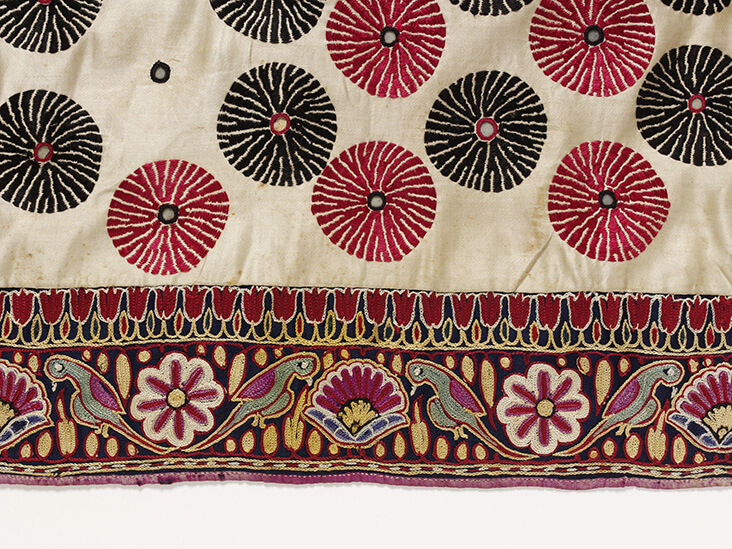
Shisha embroidered women’s skirt featuring mirrored pieces, 1880, © Victoria and Albert Museum, London
Another popular style of Indian embroidery is known as Kantha. Originating in West Bengal and Bangladesh, this style of embroidery is similar to patchwork quilting, made from recycled old garments which are stitched together and embroidered into with coloured thread. Phulkari embroidery is the traditional style of the Panjab, and the name translates as ‘flower work’, referencing the predominantly floral designs associated with this region. The style involves decorating fabrics with darning stitch in ornate floral patterns, usually on an indigo or red base fabric. Some Phulkari fabric also features elements of religious storytelling, and these intricate conversation pieces can take up to a year to complete.
Shisha embroidery is perhaps the best-known style of Indian embroidery, originating from India’s north western states. The term Shisha means ‘glass’, as pieces of mirrored glass are stitched into the design of the fabric – it is thought these reflective shards are able to scare off the ‘evil eye’, deflecting away bad luck. These mirrored pieces are combined with vibrant, richly decorative designs in a huge range of motifs, often with great symbolic or religious significance.
Today embroidery traditions are alive and well across India, and some of the most radical makers of today are updating them for a new age. Contemporary fashion designer Manish Arora is one of the most celebrated, combining India’s tradition for ornate embroidery patterning with fresh, modern designs in dazzlingly bright colours. Similarly, jewellery designer Ranjana Khan makes woven neckpieces, earrings, scarves and bags featuring beads, feathers and crystals, keeping alive India’s rich heritage for the indulgent and ornate.





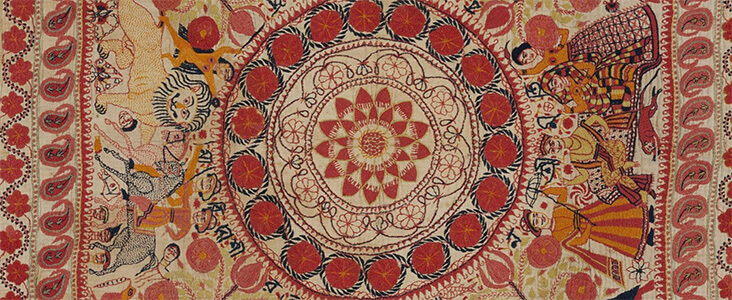
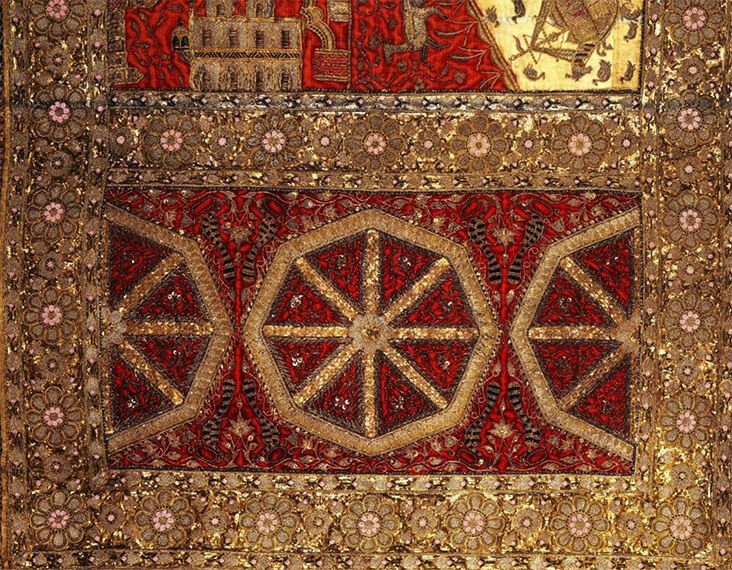
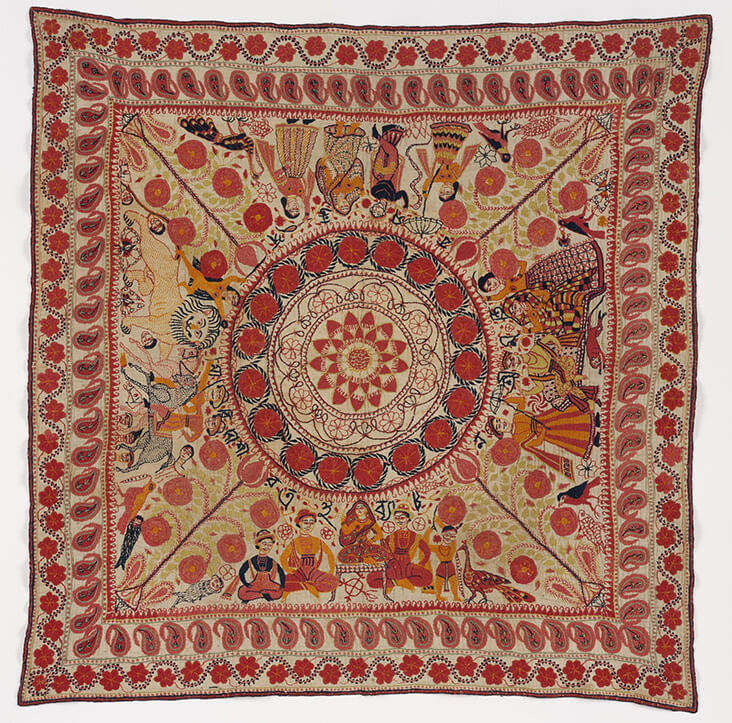














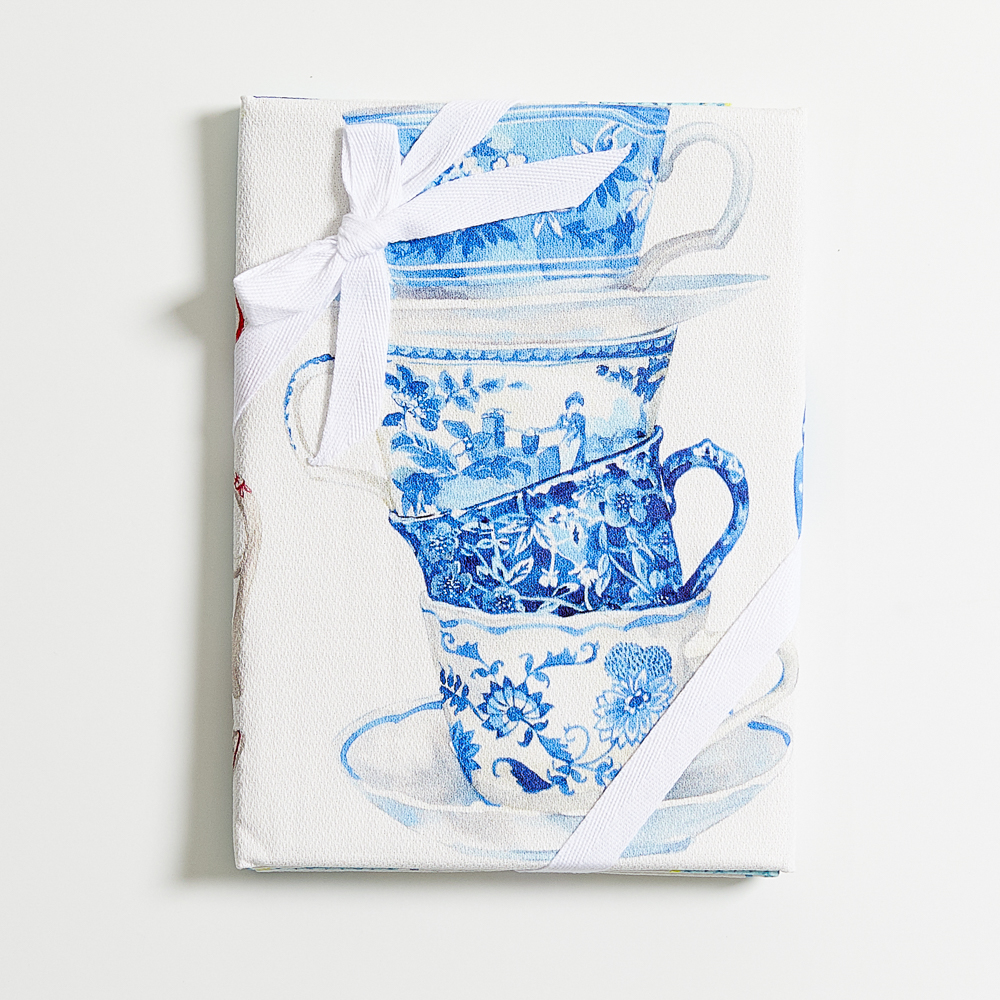




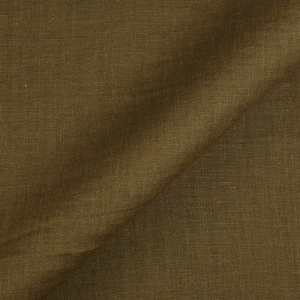
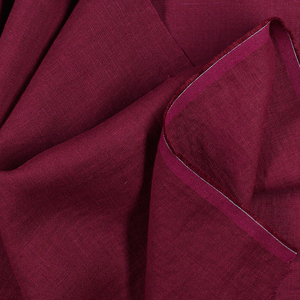
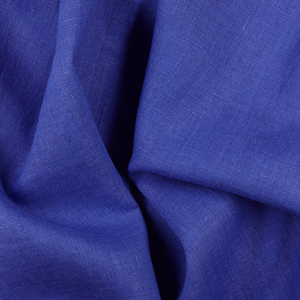




















2 Comments
Susan Vargas
I always enjoy the art history snippets included in the descriptions of all the beautiful linens you sell. I especially enjoyed this article on Indian embroidery. I had seen pictures of the decorated clothing or artwork featuring it, but had always assumed that the designs were made with dye and stamps. Learning that it is actually embroidery brings my appreciation of it to a whole new level. What exquisite, time-intensive work! Thank you.
Vicki Lang
What beautiful embroidery. India is know for it’s colorful creations. Glad to see these articles on embroidery. They are artwork only in thread.